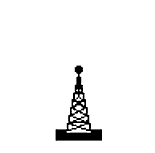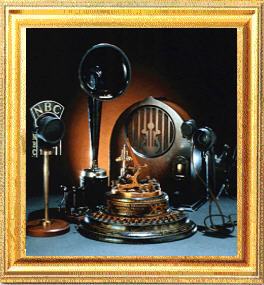TIPS FOR A HEALTHY RADIO



THE BEST WAY TO KEEP THEM RUNNING



Step 1: Restore the chassis
Step 2: THEN apply power! (And slowly, too...it should be done with a Variac, which can slowly
bring the voltage up from 0 to full 120VAC.) You'll have far fewer problems this way.
IMPORTANT SAFETY NOTE: Before connecting an antenna or ground, unplug the set and let it sit for a few minutes!
Happy Listening!

Thoughts? Comments? Brickbats? Send me some e-mail!